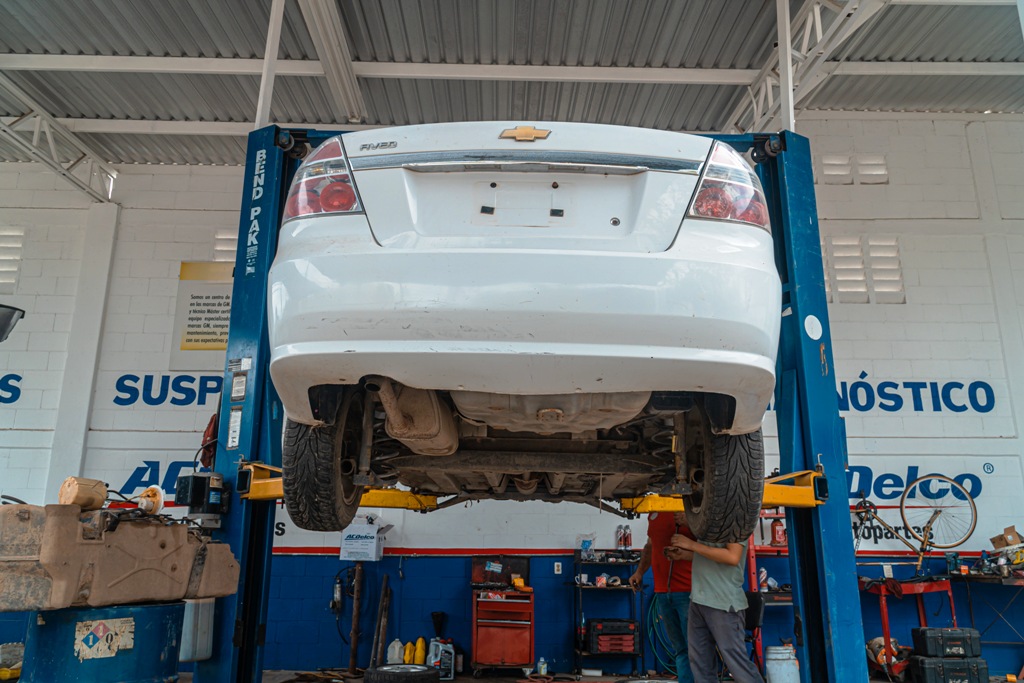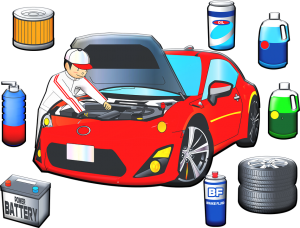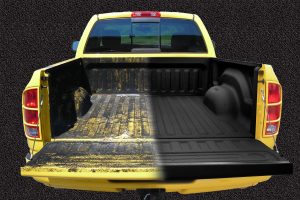Hello, fellow DIY car enthusiasts! If you’ve ever tackled vehicle maintenance or repairs in your garage, you know the importance of having easy access to the parts you’re working on. That’s where a trusty car lift comes into play. In this comprehensive guide, we’ll take you through the world of car lifts, their various models, key features, essential accessories, and crucial safety tips.
Understanding Car Lifts
So, what exactly is a car lift? In simple terms, it’s a lifting device designed to elevate your vehicle from the ground to a variable height. Whether you’re changing tires, performing brake repairs, tackling bodywork, or getting into welding, a car lift is your indispensable tool for hassle-free access to the undercarriage of your vehicle.
Varieties of Car Lifts
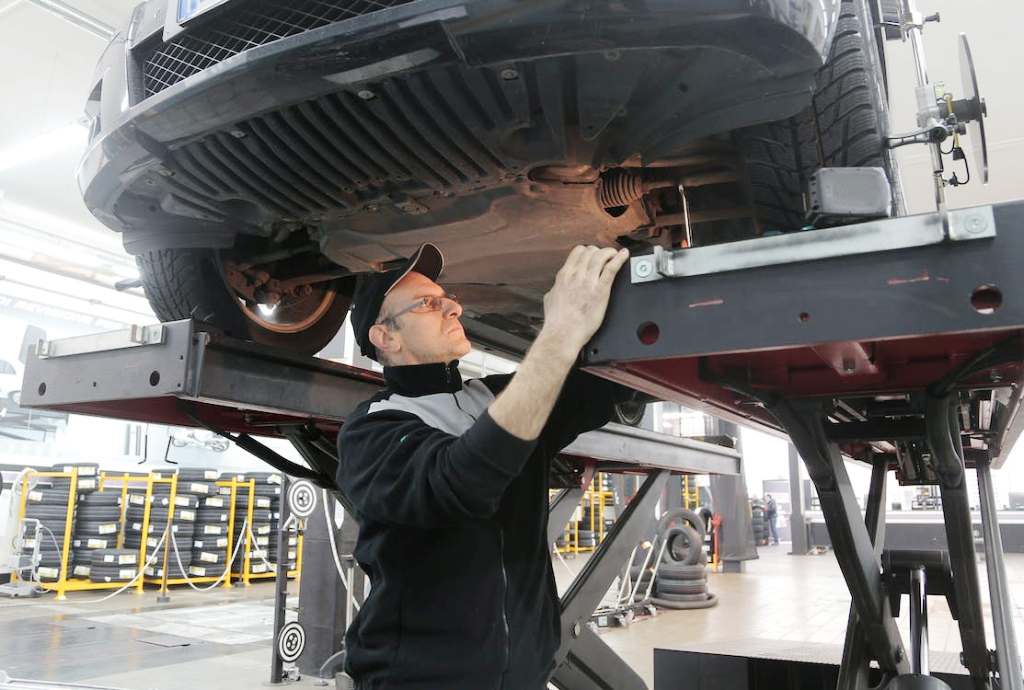
Car lifts come in various models and designs to cater to different needs and preferences:
- Manual Car Lifts: The simplest ones operate manually, usually with a crank mechanism for raising and lowering the vehicle. To expedite the lifting process, you can swap out the crank for a power drill equipped with a socket that matches the crank’s connecting end.
- Electro-Hydraulic or Electro-Pneumatic Car Lifts: On the more advanced end of the spectrum, you’ll find car lifts equipped with electro-hydraulic or electro-pneumatic systems. These lifts feature an electric motor powered by standard household current (220 V), which activates hydraulic or pneumatic cylinders to smoothly raise and lower your vehicle. They offer precision and ease of use.
Key Features of Car Lifts
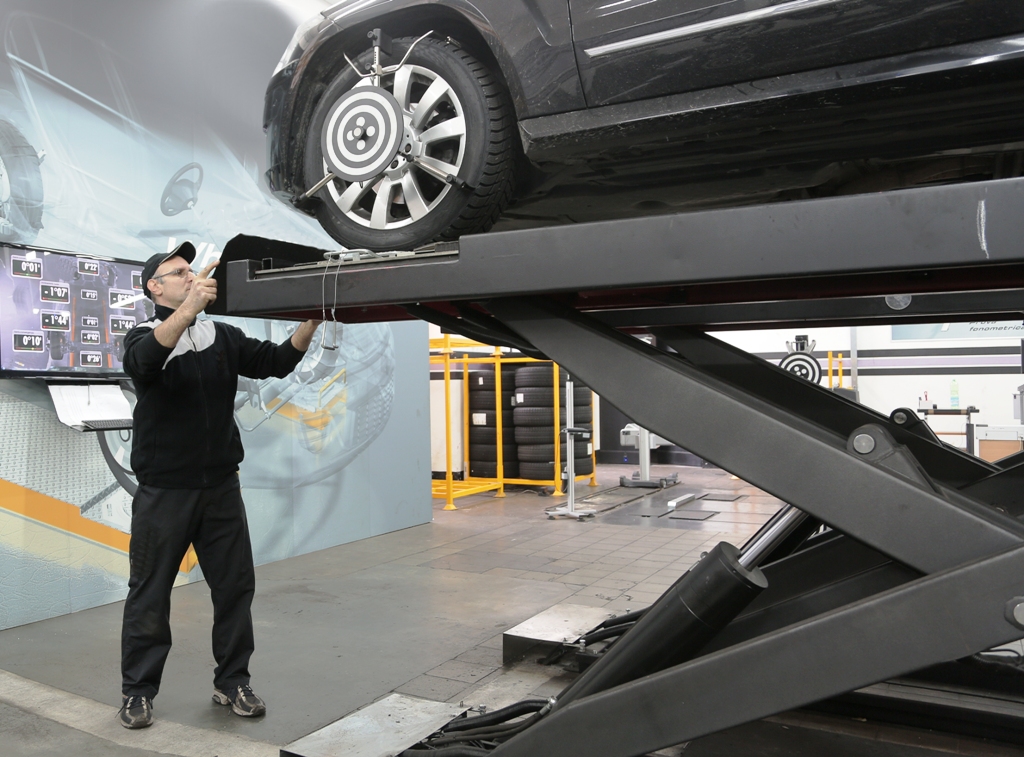
Most car lifts operate in a single vertical direction, but some versatile models can tilt the vehicle, lifting either the front or rear section. What’s more, these lifts are mobile, which means they’re not permanently anchored to one spot in your garage. They’re equipped with rolling devices that make them easy to move around.
The maximum lifting height of these devices can vary, ranging from 50 cm to 1.55 m from the ground. Lifting capacity also varies, typically falling in the range of 1,000 to 3,000 kg.
One thing to keep in mind with electro-hydraulic car lifts is that they are typically sold without cylinder oil, which is needed to fill the cylinders before use. Make sure to get the right oil when you make your purchase.
Car Lift Accessories and Safety
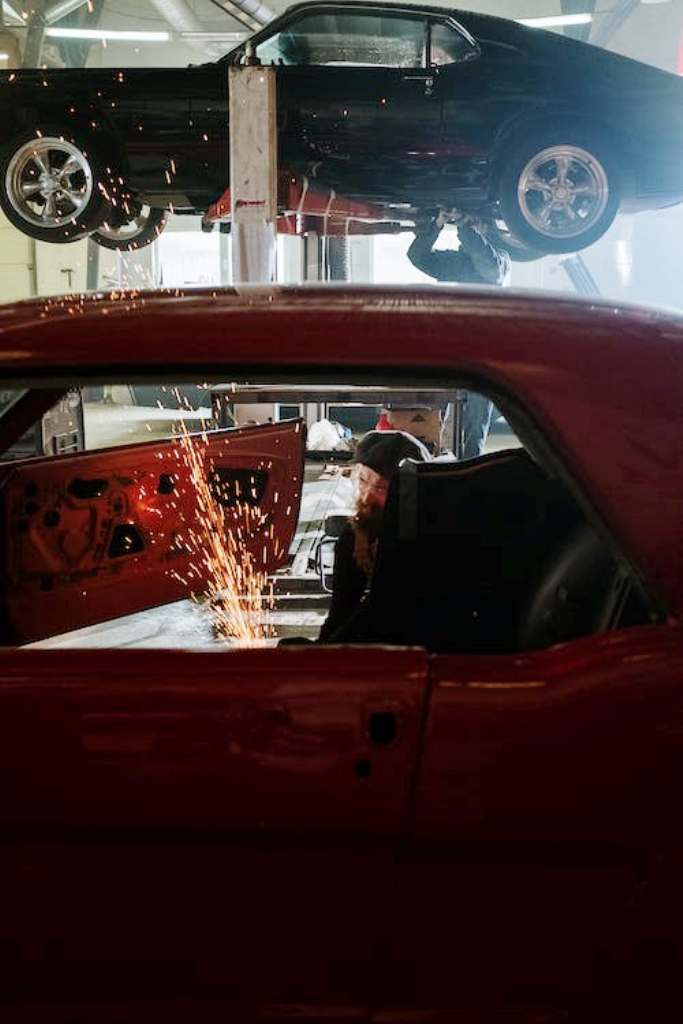
In addition to the standard car lift, there are several accessories and add-ons that can enhance your car lifting experience. These accessories include:
- Safety Locks: Safety is paramount when working under a lifted vehicle. Many car lifts offer safety locks that securely hold the vehicle in place at your desired height. These locks provide an extra layer of protection and peace of mind.
- Drip Trays: Oil changes and minor leaks are a part of car maintenance. Drip trays are designed to catch any fluids that may fall from your vehicle during servicing. They help keep your garage floor clean and prevent environmental contamination.
- Jack Trays: Jack trays are handy attachments that allow you to use a floor jack alongside your car lift. They provide additional lifting points, making it easier to access specific areas of your vehicle.
- Wheel Chocks: To prevent your vehicle from rolling while on the lift, wheel chocks are essential. These small but sturdy devices are placed against the tires to keep them in place.
- Work Lights: Proper lighting is crucial when working on your car. Some car lifts come with built-in lighting, while others offer the option to attach work lights. This ensures you have a clear view of the undercarriage and can spot any issues easily.
Maintenance and Safety Tips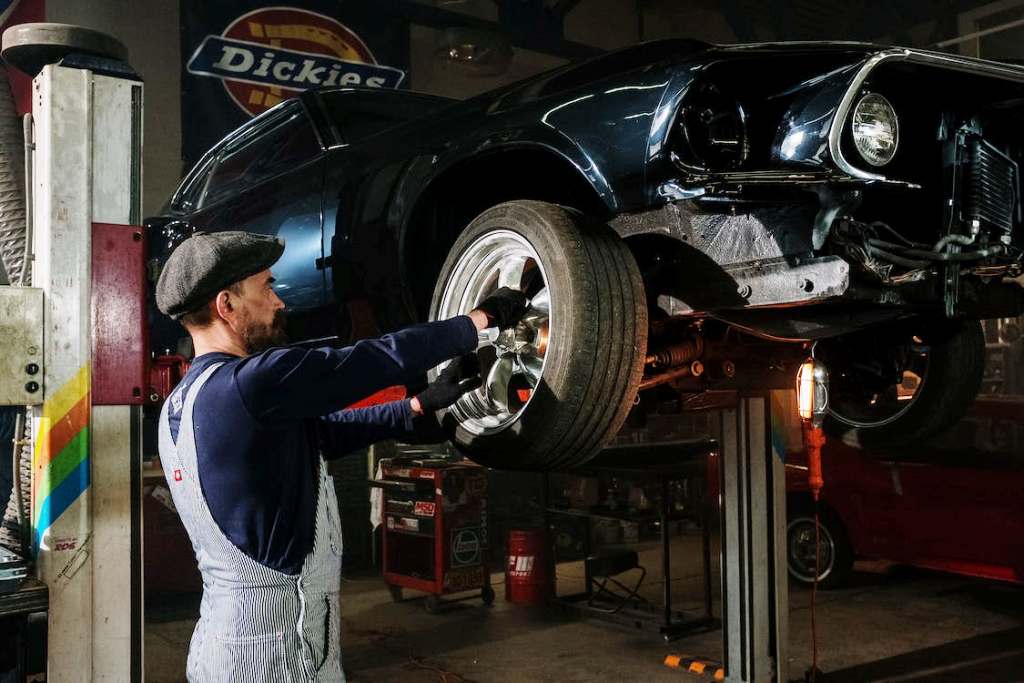
Now that you’re equipped with knowledge about car lifts, let’s discuss some essential maintenance and safety tips:
- Regular Inspection: Periodically inspect your car lift for any signs of wear and tear, loose bolts, or hydraulic fluid leaks. Address any issues promptly to ensure the lift’s continued reliability.
- Weight Capacity: Always adhere to the specified weight capacity of your car lift. Overloading the lift can lead to safety hazards and equipment damage.
- Safety Gear: When working under a lifted vehicle, wear appropriate safety gear, including safety glasses, gloves, and, if necessary, a helmet. Safety gear helps protect you from potential hazards.
- Proper Positioning: Position your car lift on level ground, as mentioned earlier. Use safety stands or locks when the vehicle is raised to ensure stability.
- Training: If you’re new to using a car lift, consider seeking guidance from experienced professionals or consulting the manufacturer’s instructions. Proper training can help you avoid accidents and mishaps.
To wrap things up
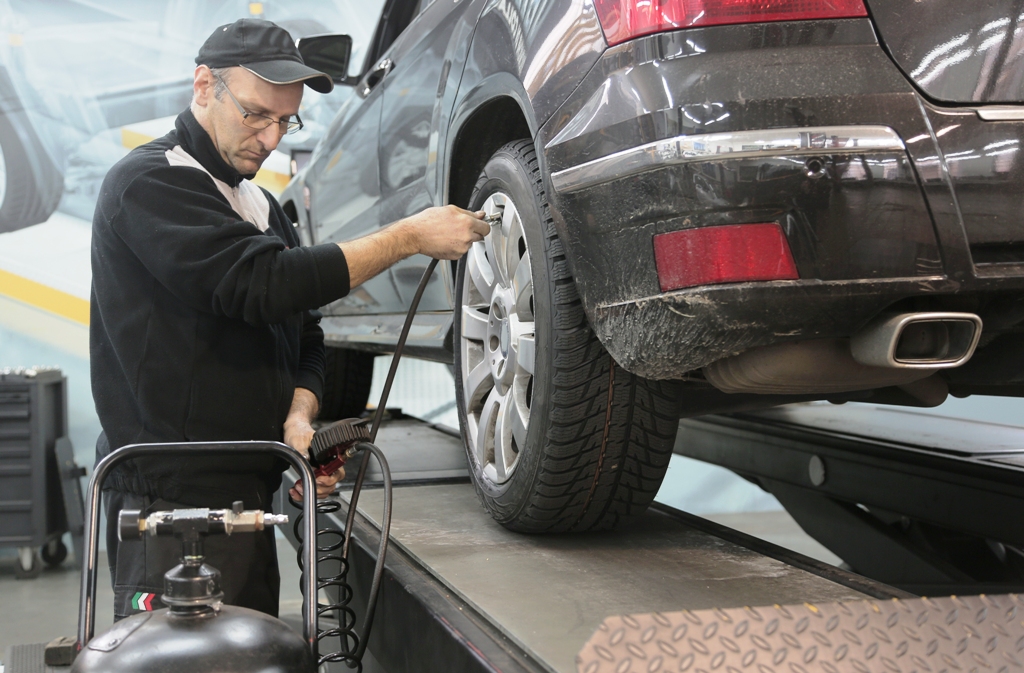
A car lift is a valuable addition to any DIY mechanic’s toolkit. It simplifies vehicle maintenance and repairs, providing safe and convenient access to the underside of your car. With various models and options available, you can find the right car lift to suit your specific needs.
Remember, safety should always be your top priority when using a car lift. Follow manufacturer guidelines, conduct regular maintenance checks, and use safety accessories to ensure a smooth and secure lifting experience.
So, whether you’re a gearhead with a passion for auto repair or someone looking to save on garage bills, consider investing in a car lift. It’s not just a piece of equipment; it’s a tool that empowers you to take control of your car maintenance and keep your vehicles running smoothly. Happy lifting and wrenching! ??️

